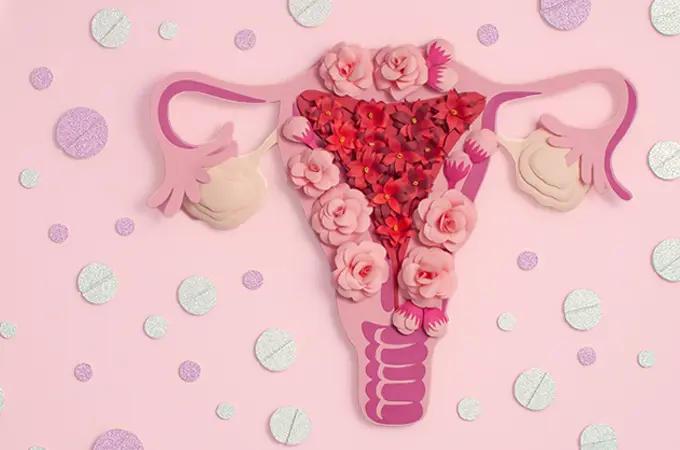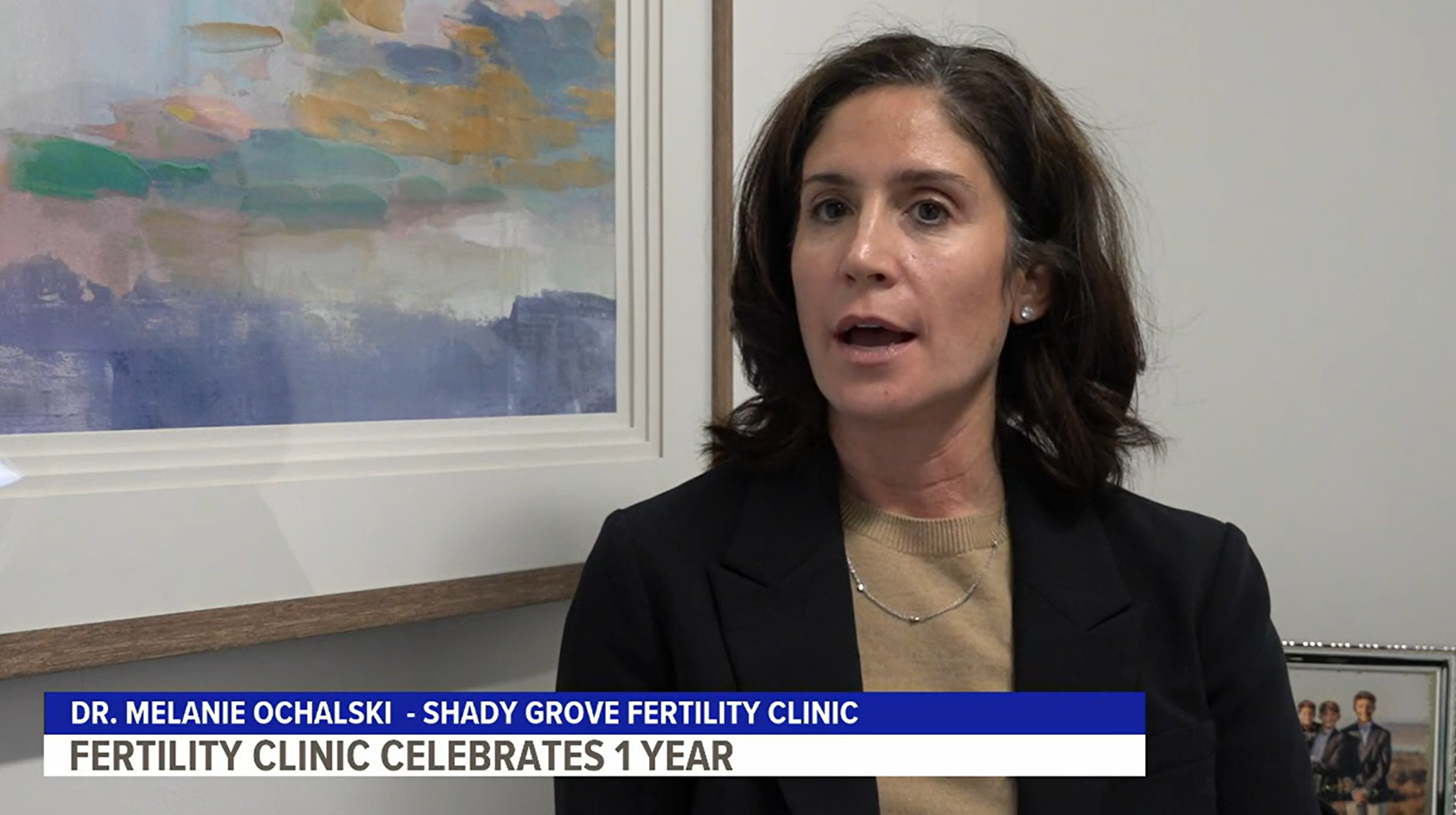Medical Contribution by Stephanie Beall, M.D., Ph.D.
Nearly 5.5 million women in the U.S. today are dealing with one of the most common gynecological diseases – endometriosis. While a third of these women will be symptom free and never know they have the disease, many deal on a regular basis with painful and heavy periods, pelvic pain, urinary and gastrointestinal problems, and, in some cases, infertility.
What is Endometriosis?
Endometriosis is a condition in which the tissue that lines the inside of the uterus, the endometrium, grows outside the uterus and attaches to other organs in the pelvis such as the ovaries and fallopian tubes. This tissue responds to your menstrual cycle hormones by swelling and thickening and then shedding to mark the beginning of the next cycle.
During a period, the lining shed from inside the uterus discharges painlessly through the vagina; however, the lining that has grown within the pelvis may cause pain as it sheds as well as scar tissue formation. This scar tissue can grow to block the fallopian tubes and interfere with ovulation. Additionally, endometrial tissue that spreads and grows inside the ovaries may form a type of ovarian cyst called an endometrioma which may also interfere with ovulation.
Endometriosis typically gets worse with time, as it progresses the risk of infertility begins to increase as well, so many doctors advise newly diagnosed patients to not delay in trying to conceive. While endometriosis can be surgically treated by removing the affected tissue it can reoccur after treatment. Endometriosis is a progressive disease but usually improves after menopause.
Frequently Asked Questions about Endometriosis
What are common endometriosis symptoms?
Symptoms of endometriosis can present in women during their reproductive years, but it is most common in women in their 30s and 40s. There are several symptoms that could potentially point to endometriosis including:
- Very painful menstrual cramps; potentially worsening over time
- Fatigue
- Painful urination or bowel movements during periods
- Chronic pain in the lower back and pelvis
- Pain during or after sex
- Intestinal pain, diarrhea, constipation, bloating, or nausea, especially during menstrual periods
- Spotting or bleeding between menstrual periods
- Infertility or not being able to get pregnant
How is endometriosis diagnosed?
While an endometriosis diagnosis can be suspected through patient history and/or a physical exam, the most reliable way to confirm if a patient has endometriosis is via laparoscopy.
A laparoscopy is a short surgical procedure performed under general anesthesia, so it is usually done in a hospital or surgery center. During the procedure, the physician will insert a needle and inject a harmless gas into your abdomen causing the abdominal wall to rise so the reproductive organs can be seen clearly. Using a probe the physician can move or lift the organs to see hidden areas and identify the areas affected by endometriosis.
How is the severity of endometriosis determined?
Doctors classify endometriosis in four different stages. Each stage is based on the amount of scarring and diseased tissue found. Staging is important for determining which treatment is best.
- Minimal (stage 1)
- Mild (stage 2)
- Moderate (stage 3)
- Severe (stage 4)
Can a woman with endometriosis conceive on her own?
Women with any stage of endometriosis may be able to conceive on their own as long their tubes aren’t blocked or the ends of the tubes aren’t damaged from scarred. Up to 30 to 50 percent of women with endometriosis experience infertility. The majority of these women have an advanced stage endometriosis, three or four, and scarring in the Fallopian tubes results in blockages keeping the sperm from meeting the egg.
What fertility treatment options are available for women with endometriosis?
Depending on the woman’s age and the severity of the endometriosis there are many treatment options available. Patients with a lower stage, open Fallopian tubes, and good sperm quality will likely start with a low-tech treatment option, like intrauterine insemination (IUI) will likely start there. If the woman is of advanced reproductive age or has other indications, such as blocked Fallopian tubes or a severe male factor form of infertility, more advanced treatment options like in vitro fertilization (IVF) may likely be an option worth discussing with your physician. No matter the factors there is a treatment option available to help nearly all couples trying to conceive.
When not actively trying to conceive, what treatment options are available to treat endometriosis?
Your OB/GYN may want to treat your endometriosis surgically, with medications, or a combination of both. Surgery involves removing the endometrial tissue from your ovaries or fallopian tubes which can usually be done laparoscopically. Medication options aim to shrink the endometrial tissue or reduce estrogen production within the body. A decrease in estrogen production stops the growth of endometrial tissue.
Next Steps for Women with Endometriosis
Women who have been diagnosed with endometriosis should begin to consider their family building plan. If your OB/GYN or Reproductive Endocrinologist diagnoses early stage endometriosis and does not detect tubal blockage or damage, then you may want to try on your own for a few cycles prior to starting any fertility treatments. However, if you have a more advanced stage of endometriosis or known tubal blockage and damage, it is advised to speak with a Reproductive Endocrinologist as soon as you know you want to begin to family building.
If you are having trouble conceiving, or been diagnosed with endometriosis, it may be time to speak with a Reproductive Endocrinologist. Shady Grove Fertility’s team of dedicated New Patient Liaisons are available to answer your questions and schedule a consultation with a physician. Call 877-971-7755 or click to schedule an appointment.





